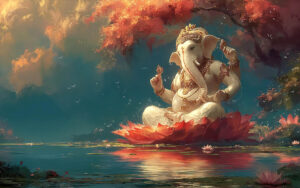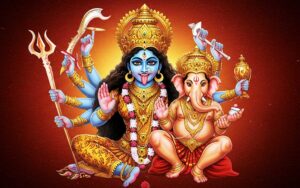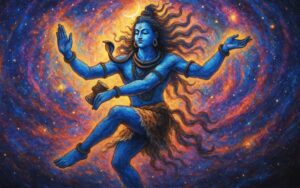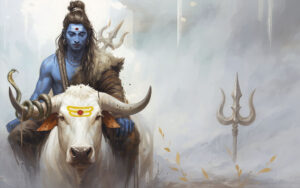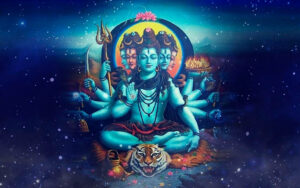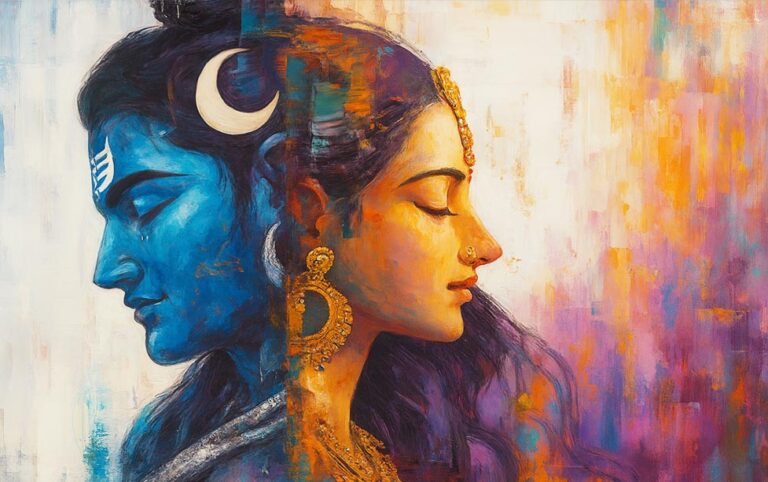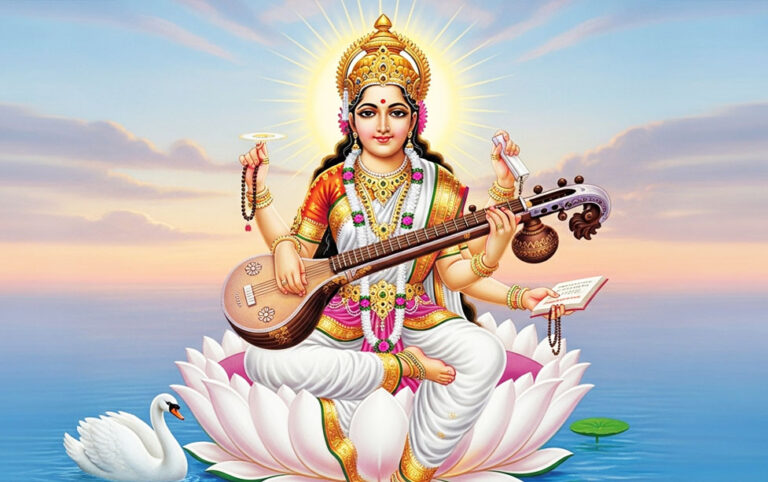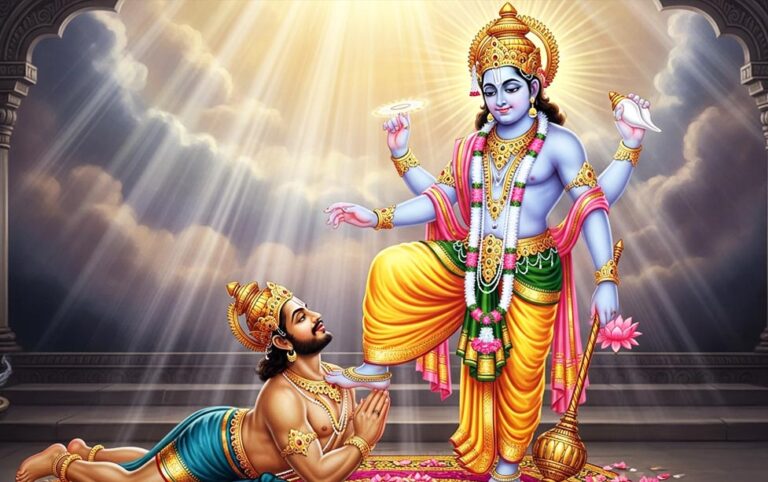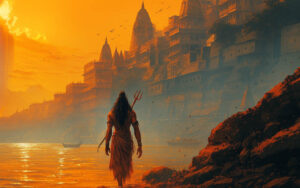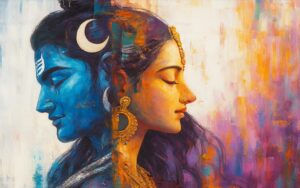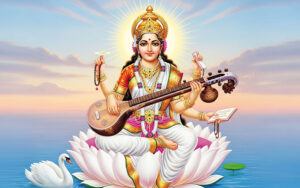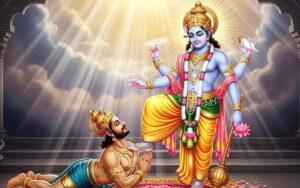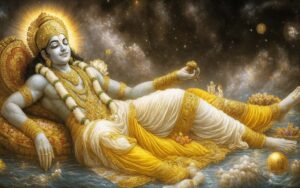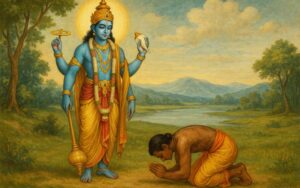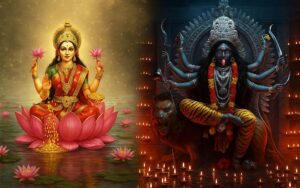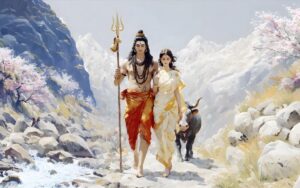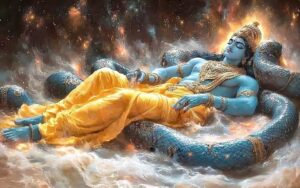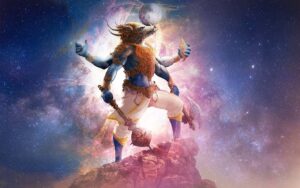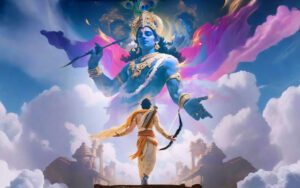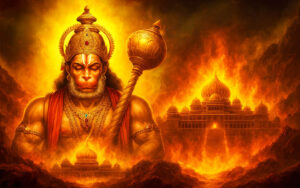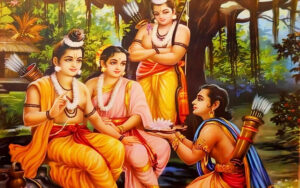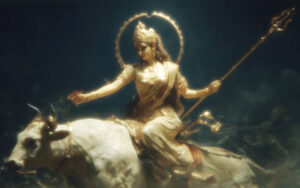No time for reading the story? Give it a listen on Spotify.

The Brahmachari avatar of Lord Shiva came into being after Goddess Sati’s death, when Shiva renounced the world, turned away from all desires, and entered deep meditation, living as a celibate ascetic in the Himalayas.
Characters in the story:
Lord Shiva: Lord Shiva, a major deity in Hinduism, is revered as the destroyer of evil and the force of cosmic change. He is depicted as a meditative ascetic or a divine dancer, characterized by his third eye, a serpent around his neck, and a trident in his hand.
![]()
Goddess Parvati: Goddess Parvati is a prominent deity in Hinduism, known as the divine mother and the consort of Lord Shiva. She represents feminine power, fertility, love, and devotion, and is worshiped for her nurturing and compassionate nature.
![]()
Kartikeya: Kartikeya, also known as Skanda, Subrahmanya, Shanmukha, and Murugan, is the Hindu god of war. He is the son of the deities Shiva and Parvati and the brother of Ganesha.
![]()
Tarakasura: Tarakasura is a demon king who was slain by Lord Kartikeya, the son of Lord Shiva and Goddess Parvati.
Among Lord Shiva’s many divine forms, the Brahmachari avatar stands apart. It represents the power of self-control, purity, and spiritual focus.
This story reveals how Shiva became the perfect embodiment of detachment — and why even the gods had to break his vow of celibacy for the greater good of the universe.
After Goddess Sati’s self-immolation at her father Daksha’s Yajna, Lord Shiva was heartbroken. His grief turned into deep renunciation. He withdrew from worldly life, went into the Himalayas, and entered a long meditation.
He became the Brahmachari, a state of complete celibacy and detachment. In this form, Shiva’s energy turned inward — beyond desire, beyond emotion, and beyond attachment.
The Rise of Tarakasura — A Demon With a Dangerous Boon
During this time, the demon Tarakasura received a boon from Lord Brahma that only a son of Shiva could destroy him. Knowing Shiva had renounced all worldly ties, Tarakasura believed he was invincible.
As Tarakasura began tormenting the heavens, the Devas (gods) grew desperate. They knew that only Shiva’s union with Parvati could bring forth the divine warrior who would end Tarakasura’s reign of terror.
Kama Deva’s Attempt and the Power of Celibacy
To awaken Shiva from his trance, the gods sent Kama Deva, the god of love. Kama shot his flower arrow at Lord Shiva, hoping to stir desire in his heart.
But Shiva’s meditation was unshakable. The sudden disturbance angered him, and from his third eye, he released a fiery beam that burned Kama Deva to ashes.
This moment became a symbol of absolute control over desire. Shiva’s Brahmachari form showed that no force — not even love — could disturb true spiritual focus.
Parvati’s Devotion and Shiva’s Test
Despite Shiva’s intense detachment, Parvati, the reincarnation of Sati, performed severe penance to win his love. When Shiva finally appeared before her, he came disguised as an old Brahmachari sage.
He mocked himself, saying:
“Why do you wish to marry that beggar who lives in cremation grounds and wears snakes?”
But Parvati remained calm and devoted. She recognized him instantly and said,
“He may appear as an ascetic, but he is the Lord of all creation: Mahadeva.”
Her unshaken faith moved Shiva’s heart. The Brahmachari form slowly transformed into his householder form, accepting Parvati as his divine consort.
The Birth of Kartikeya — The End of Tarakasura
From their union was born Kartikeya (Skanda) — the warrior god who defeated Tarakasura. Thus, the universe was restored to balance, and the purpose of Shiva’s Brahmachari avatar was fulfilled.
The Deeper Meaning of the Brahmachari Avatar
The Brahmachari avatar of Shiva teaches a timeless truth:
“Real strength comes from mastering desire, not from avoiding it.”
It shows that discipline, awareness, and devotion are the true sources of power. Shiva’s celibacy was not rejection but realization. An understanding that divine love and inner balance are greater than physical attraction.
Key Takeaways
Avatar Purpose: To embody pure self-control and spiritual focus.
Symbolism: Victory of mind over senses, discipline over temptation.
Main Event: Burning of Kama Deva and testing of Parvati’s devotion.
Result: The divine balance restored through Kartikeya’s birth.
The Brahmachari avatar reminds us that true enlightenment is not in withdrawal but in mastery — the power to stay unshaken in a world full of distractions.
Lord Shiva, in his celibate form, is not just a god of destruction — he is the eternal teacher of self-realization and control.


